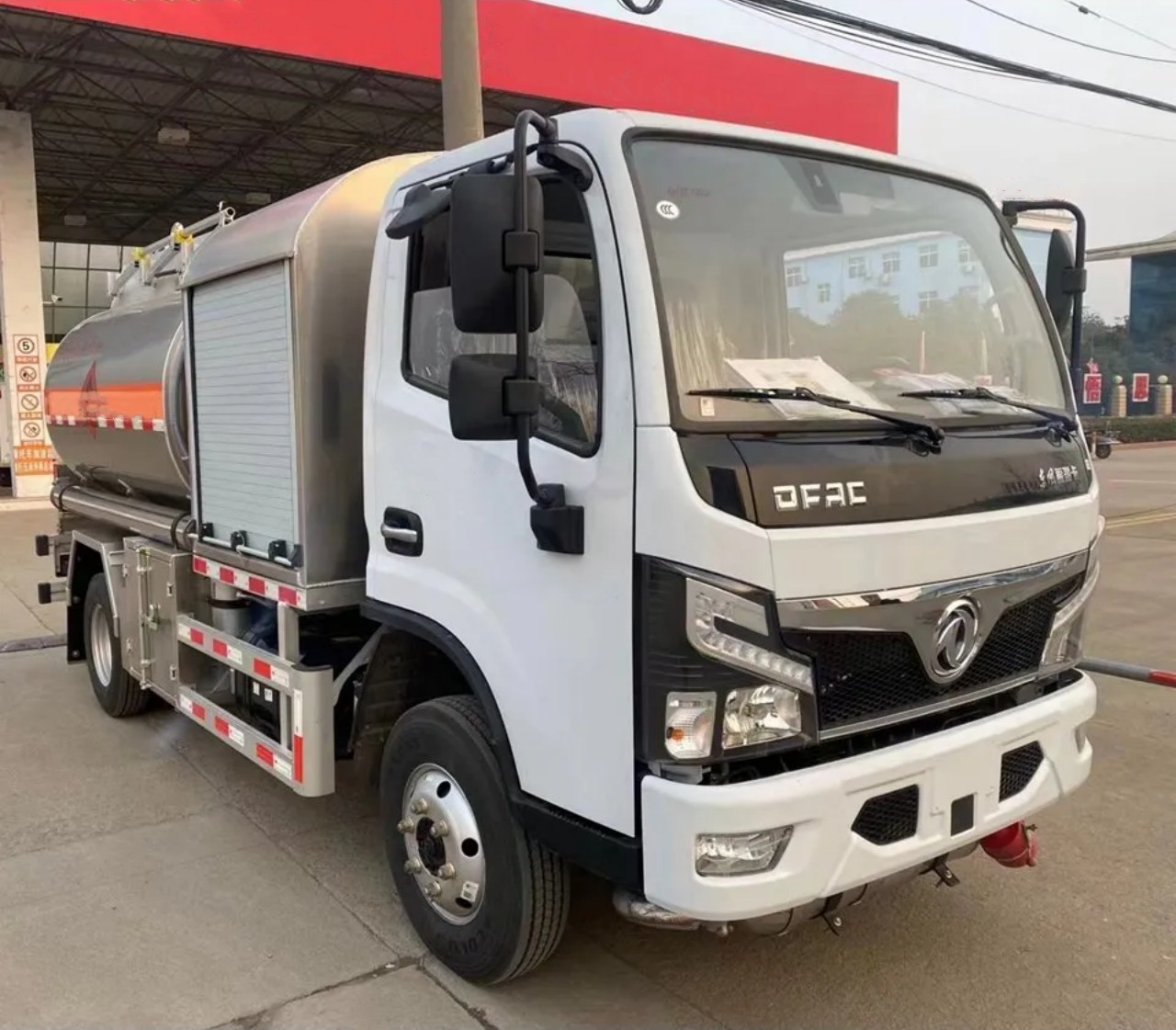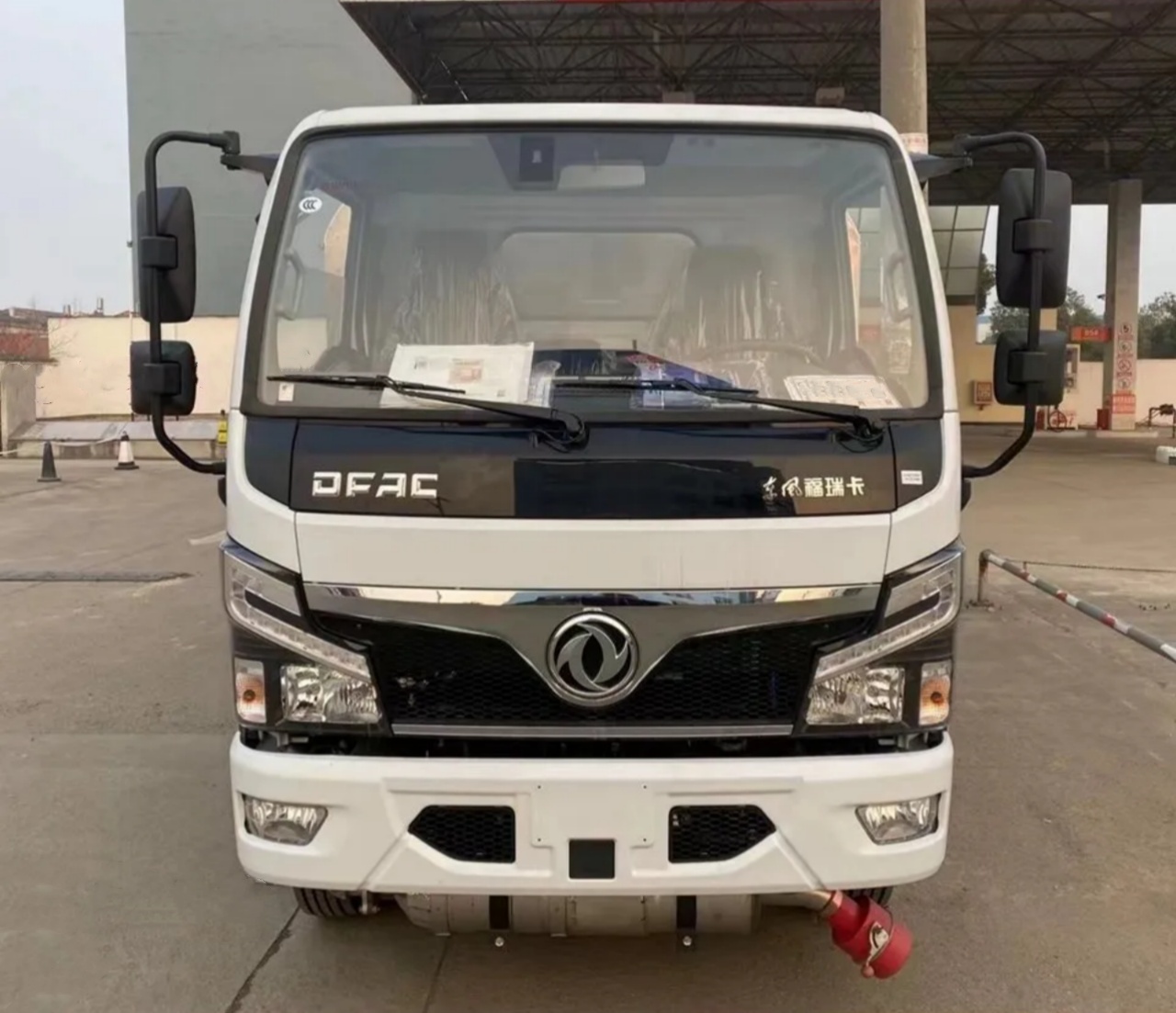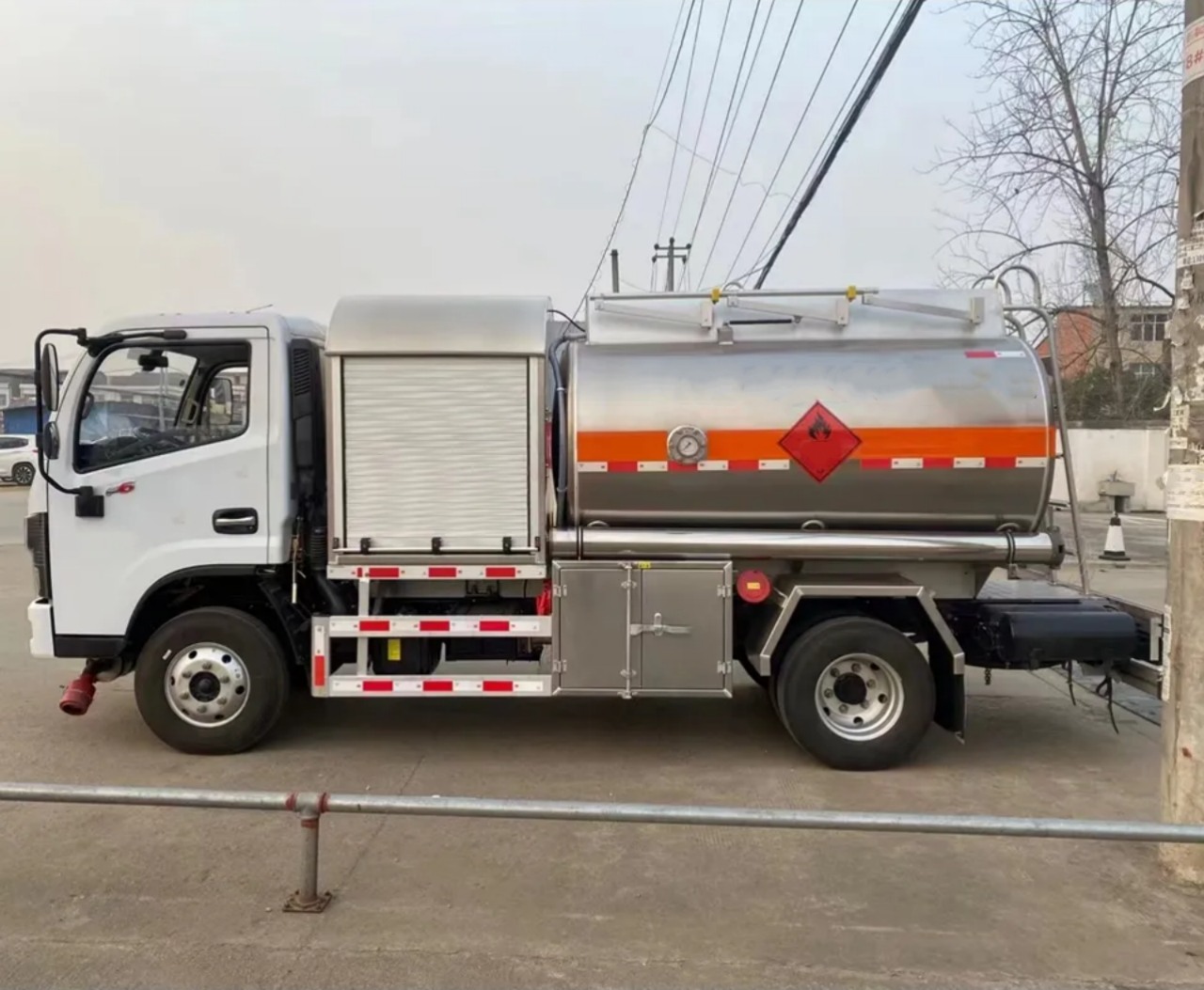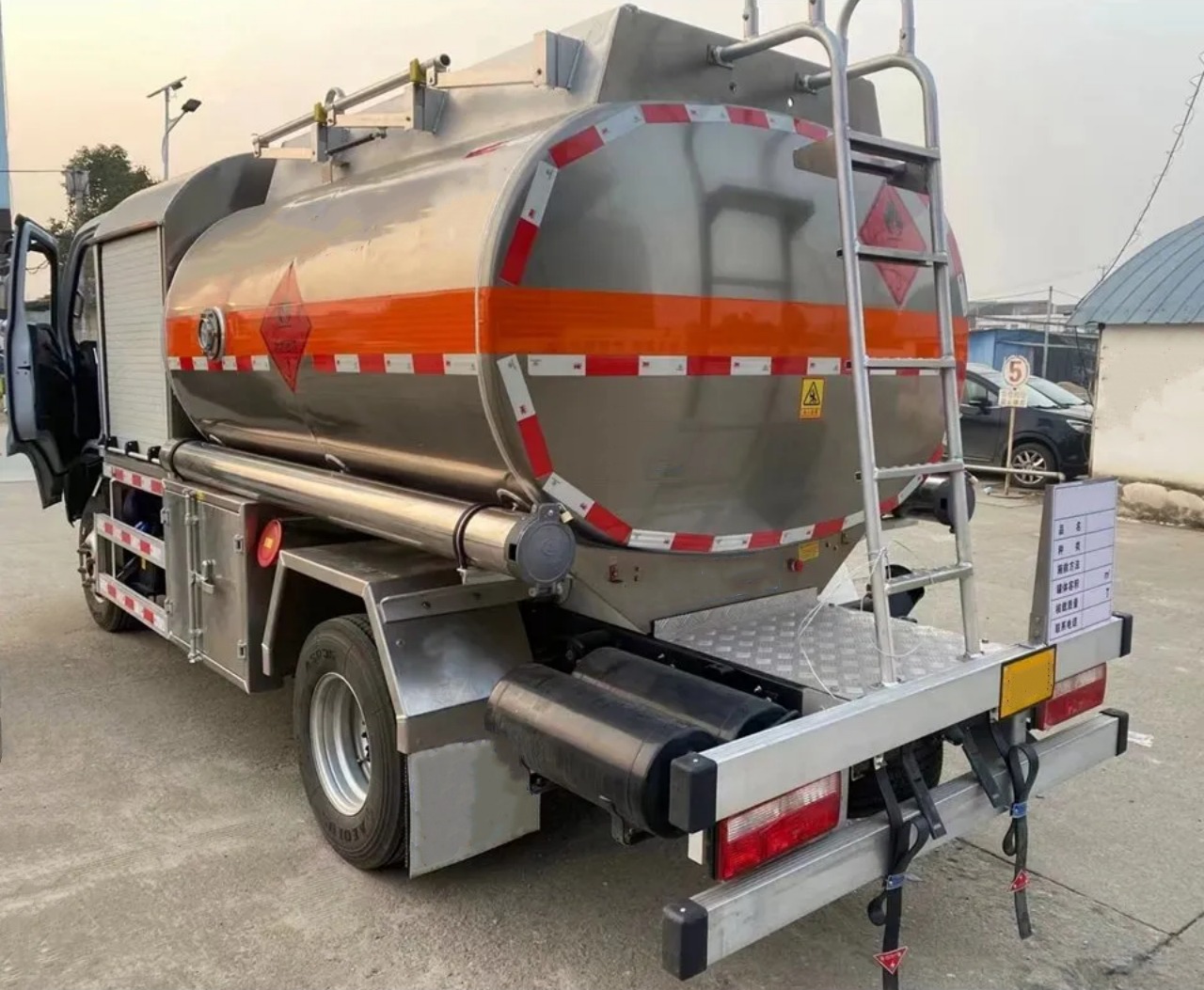Jet fuel tanker trucks play a crucial role in the global aviation industry, ensuring the timely and safe delivery of fuel to aircraft at airports of all sizes. These specialized vehicles are designed to transport jet fuel, a highly flammable and sensitive substance, from fuel farms or storage facilities to aircraft on the tarmac. One of the most commonly asked questions about these vehicles is: What is the capacity of a jet fuel tanker truck? The answer can vary depending on several factors, including the truck’s design, regulatory requirements, and operational purpose.
Understanding Jet Fuel Tanker Trucks
Before diving into their capacity, it’s important to understand what makes a jet fuel tanker truck different from other fuel tankers. Jet fuel trucks are designed to meet strict aviation and safety standards. They must prevent contamination of the fuel, withstand static electricity, and have advanced filtration systems. The fuel they carry—commonly Jet A, Jet A-1, or in military settings, JP-8—is highly refined and must be kept clean and dry.
These trucks are often referred to as refuelers or aircraft refueling trucks, and they typically operate in secure airport environments. Their design includes not just a storage tank, but also pumping systems, meters, hoses, and safety controls for precise and safe fuel delivery.

Average Capacity of Jet Fuel Tanker Trucks
Jet fuel tanker trucks come in a range of sizes depending on their application, airport size, and regional regulations. However, most fall within a standard capacity range.
1. Small to Medium Tankers (5,000 – 8,000 Liters)
These are commonly used at smaller airports or for servicing general aviation aircraft like turboprops and small jets. Their capacity typically ranges between 1,300 to 2,100 US gallons (approximately 5,000 to 8,000 liters). These trucks offer mobility and flexibility in tight ramp areas and are easier to maneuver than larger tankers.
2. Standard Commercial Refuelers (10,000 – 20,000 Liters)
At larger regional and international airports, refueling operations often require medium to large tankers. These trucks have capacities between 2,600 and 5,300 US gallons (roughly 10,000 to 20,000 liters). This size range is ideal for servicing narrow-body aircraft like the Boeing 737 or Airbus A320 family.
3. High-Capacity Tankers (25,000 – 45,000 Liters)
For servicing wide-body or long-haul aircraft such as the Boeing 777 or Airbus A350, airports may use high-capacity refueling trucks or tanker semi-trailers with capacities up to 12,000 US gallons or 45,000 liters. These are often used in tandem with hydrant refueling systems or in remote locations where pipeline access is unavailable.
4. Tanker Semi-Trailers
In some cases, jet fuel is delivered to airport fuel farms or into-plane fueling areas using semi-trailer tankers. These trailers are typically 40 to 50 feet long and can hold between 30,000 and 45,000 liters (approximately 7,900 to 11,900 US gallons). They are not always used for direct aircraft fueling but play a key role in fuel logistics.
Factors Affecting Tanker Capacity
Several factors influence the specific capacity of a jet fuel tanker truck:
1. Chassis and Axle Configuration
Larger tanks require robust chassis and axle systems to handle the increased weight, especially when fully loaded. The number of axles and the gross vehicle weight rating (GVWR) directly impact how much fuel can be carried.
2. Regional Regulations
Countries have different regulations governing road safety and maximum vehicle weight. For instance, a tanker operating in the United States may be limited to 80,000 lbs (36,287 kg) total weight on highways, which restricts tank size. In Europe or parts of Asia, different axle load limits and vehicle dimensions apply.
3. Fuel Type and Density
Jet fuel, such as Jet A or Jet A-1, typically has a density of about 0.804 kg/liter at 15°C. This means that every 1,000 liters of fuel weighs around 804 kg, excluding the tank and truck structure. This density must be factored into avoiding exceeding vehicle weight limits.
4. Operational Use
Some jet fuel trucks are designed primarily for airport ramp service, where weight and maneuverability are more critical than road legality. These vehicles might be allowed to carry larger tanks if they are only operated within the airport perimeter.

Safety Considerations
Transporting jet fuel requires strict adherence to safety standards. Jet fuel tanker trucks are built with the following safety features:
- Anti-static bonding cables to prevent static electricity during fueling
- Explosion-proof pumps and motors
- Flame arrestors and pressure-relief valves
- Fuel filtration systems to remove water and particulate contamination
- Spill containment and emergency shut-off systems
Fuel trucks must also undergo regular inspections and maintenance to comply with aviation and transportation regulations.
Alternative Jet Fuel Delivery Methods
While tanker trucks are common, especially at smaller airports, major international airports often use hydrant refueling systems. These involve underground fuel pipelines connected to aircraft stands, allowing faster and more efficient fueling through hydrant dispensers. In such cases, tanker trucks might be used primarily to transport fuel to the airport’s storage tanks rather than directly to aircraft.

Environmental and Efficiency Considerations
Modern jet fuel tanker trucks are being developed with fuel-efficient engines, cleaner-burning technologies, and, in some cases, electric or hybrid drivetrains for operations on the airfield. Reducing emissions is particularly important as airports work to meet sustainability goals. Some new tanker designs also include telemetry systems for tracking fuel usage, improving logistics, and reducing waste.
Conclusion
The capacity of a jet fuel tanker truck can vary widely depending on its design, usage, and regulatory environment. Most jet fuel tanker trucks range from 5,000 liters (1,300 gallons) for smaller refuelers to 45,000 liters (11,900 gallons) for large semi-trailers. These vehicles are a vital part of aviation operations, providing safe, efficient, and reliable fueling to keep aircraft in the air.
Whether supporting a single private jet or refueling dozens of commercial airliners each day, jet fuel tanker trucks are engineered for precision and safety. Their capacity reflects a balance between operational needs, safety regulations, and logistical efficiency, making them indispensable in the modern aviation ecosystem.


